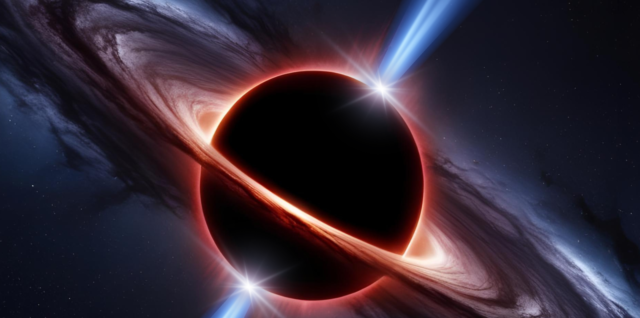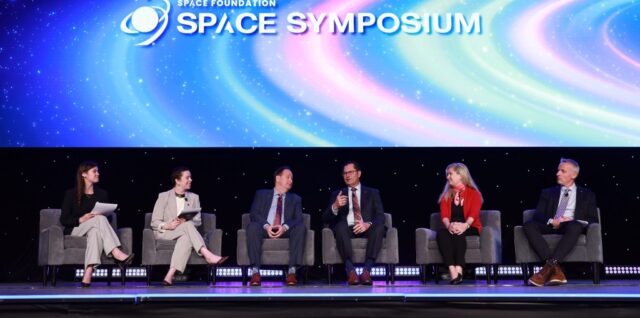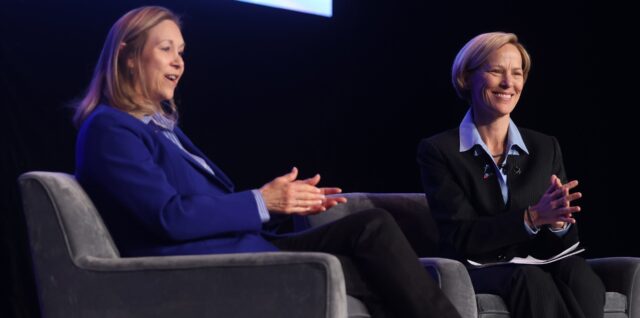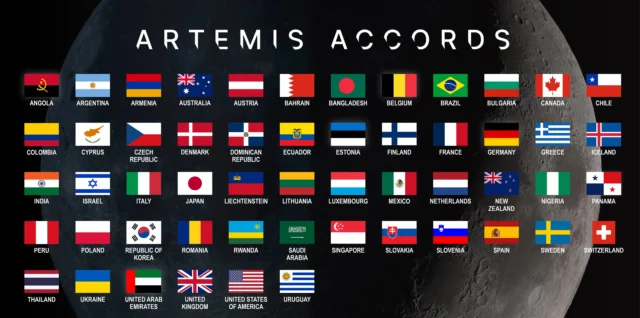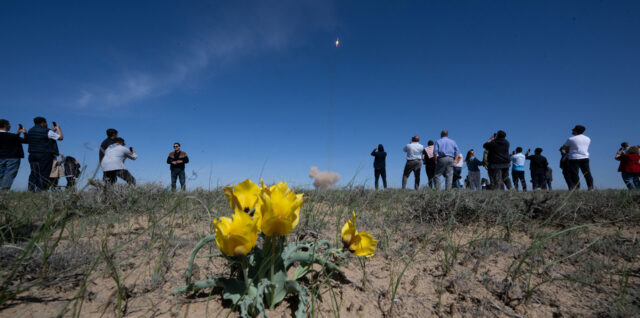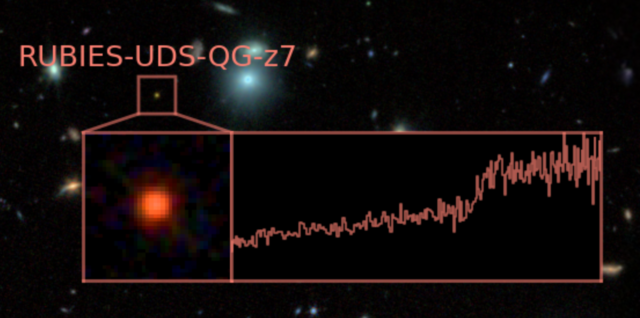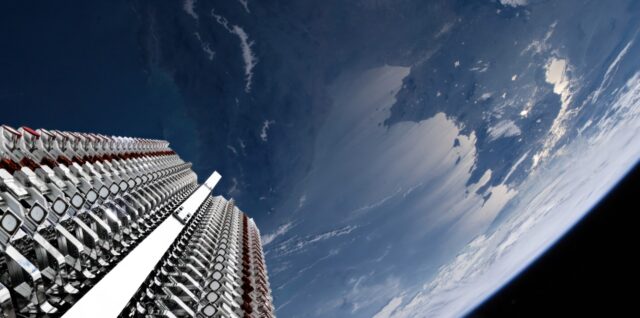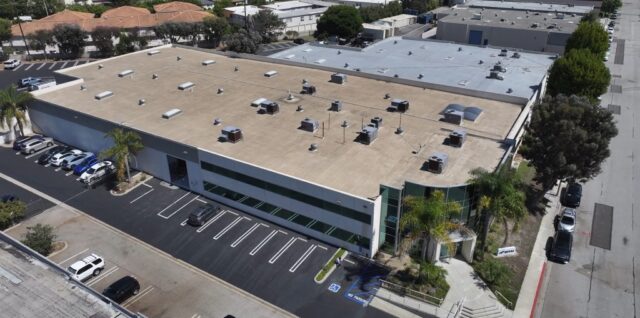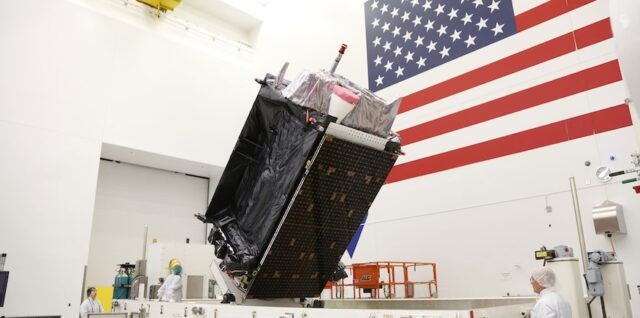
Seen here prior to being sealed in its shipping container at Lockheed Martin’s Littleton, Colorado facility, SV08 will join the U.S. Space Force’s operational GPS constellation in orbit. Image: Lockheed Martin. Following the successful accelerated launch of a Global Positioning System on a Falcon 9 rocket in mid-December, the U.S. Space Force, Lockheed Martin and SpaceX are preparing to launch another GPS 3 satellite on a fast tracked basis. The satellite, dubbed GPS 3 Space Vehicle 08 (SV-08), is targeted for launch from Space Launch Complex 40 (SLC-40) at Cape Canaveral Space Force Station no earlier than late May. “This mission represents an outstanding collaboration across multiple teams and agencies,” said U.S. Space Force Col. Andrew Menschner, MD 31 commander, in a statement. “It highlights our ability to rapidly deploy an additional M-Code-capable satellite and continues to push the boundaries of traditional launch timelines.” M-Code stands for “Military Code” and is used to encrypt the signal, allowing government users of the data to know with assurance that they are communicating with the GPS satellite and not a spoof. The Lockheed Martin Global Positioning Satellite (GPS) IIIA, Space Vehicle 08 (SV-08), prepares to be loaded to a U.S. Air Force C-17 Globemaster III from Buckley Space Force Base, Colorado, for transportation to Florida, April 1, 2025. The space vehicle was successfully transferred on April 2, 2025, through a coordinated effort between Lockheed Martin, the U.S. Space Force’s Space Operations Command, and USAF’s Air Mobility Command. Image: U.S. Space Force/Senior Airman Joshua Hollis There are currently 31 GPS satellites on orbit, but the older ones are starting to show their age. During a media briefing on the sidelines of the Space Symposium in Colorado Springs, Colorado, Malik Musawwir, the vice president of Navigation Systems within Lockheed Martin’s National Security Space division, noted that about half Continue ReadingSpaceX to launch second accelerated GPS 3 satellite mission in late May→
